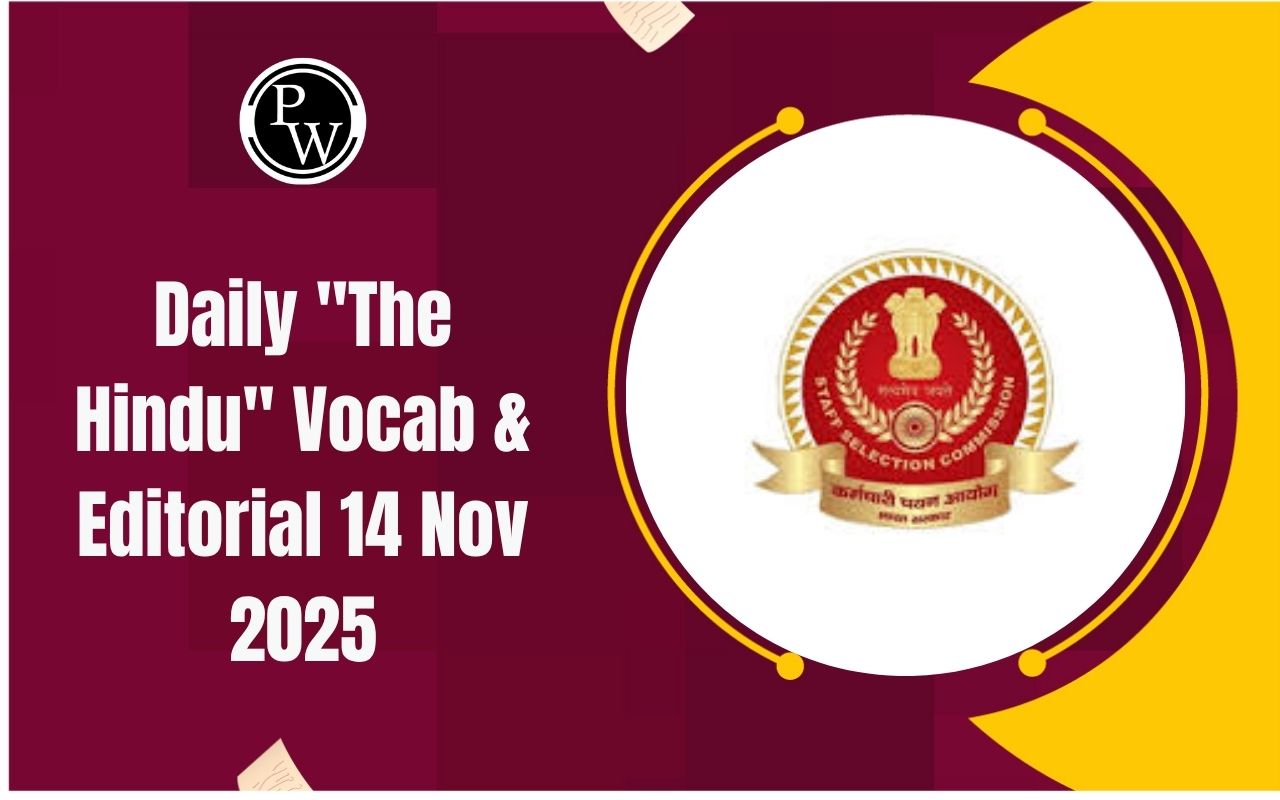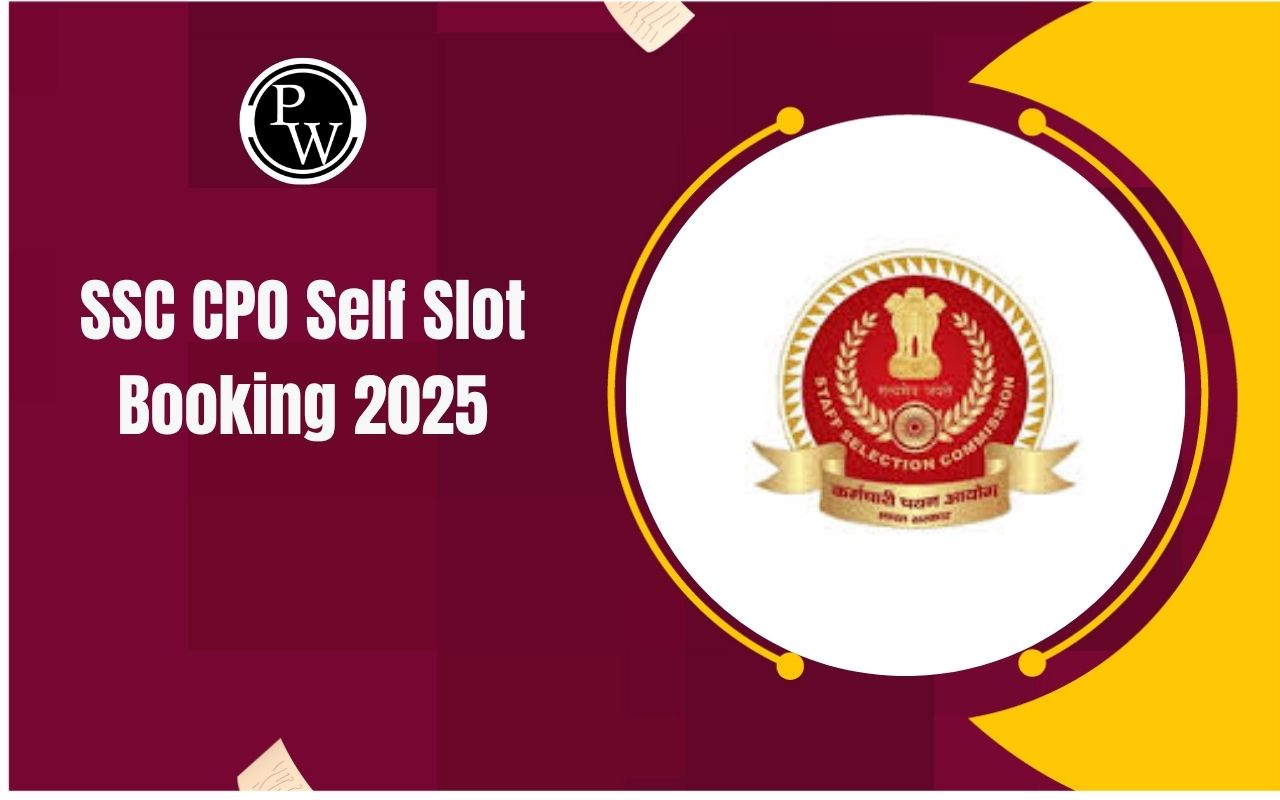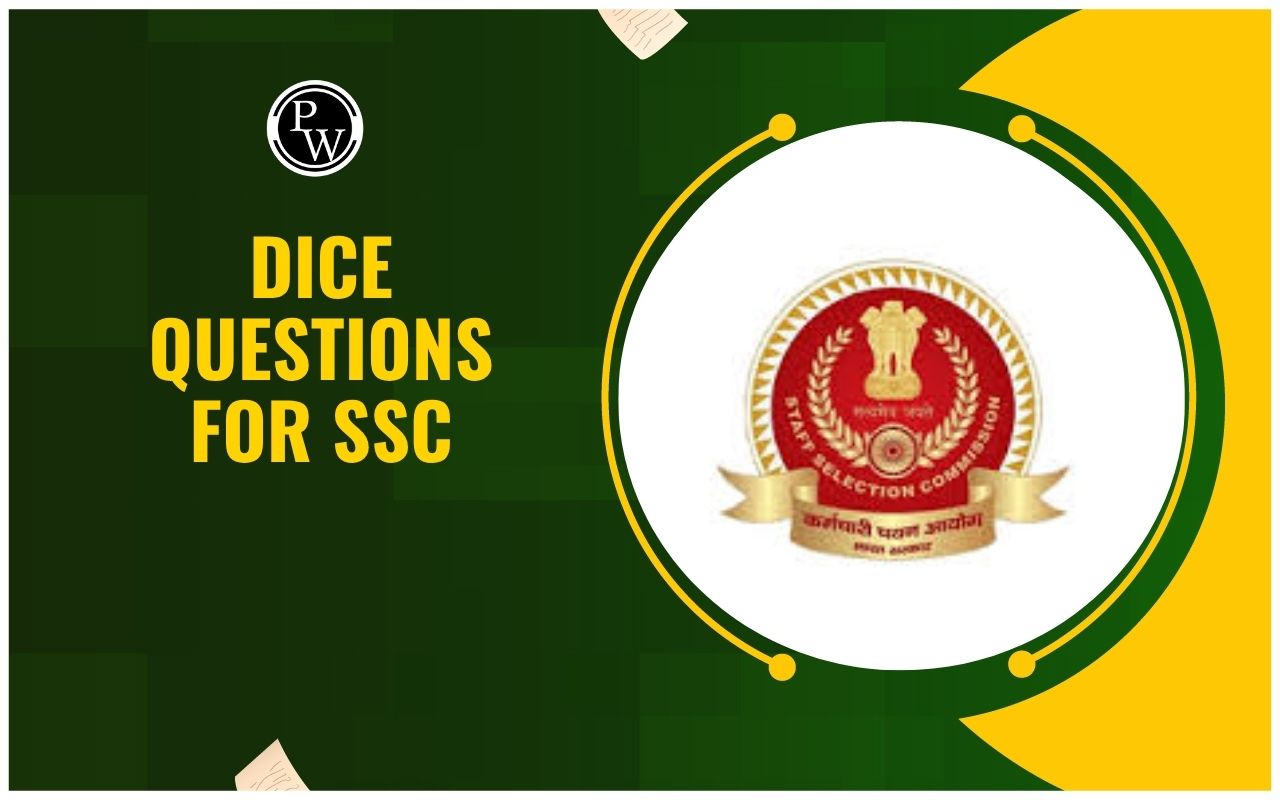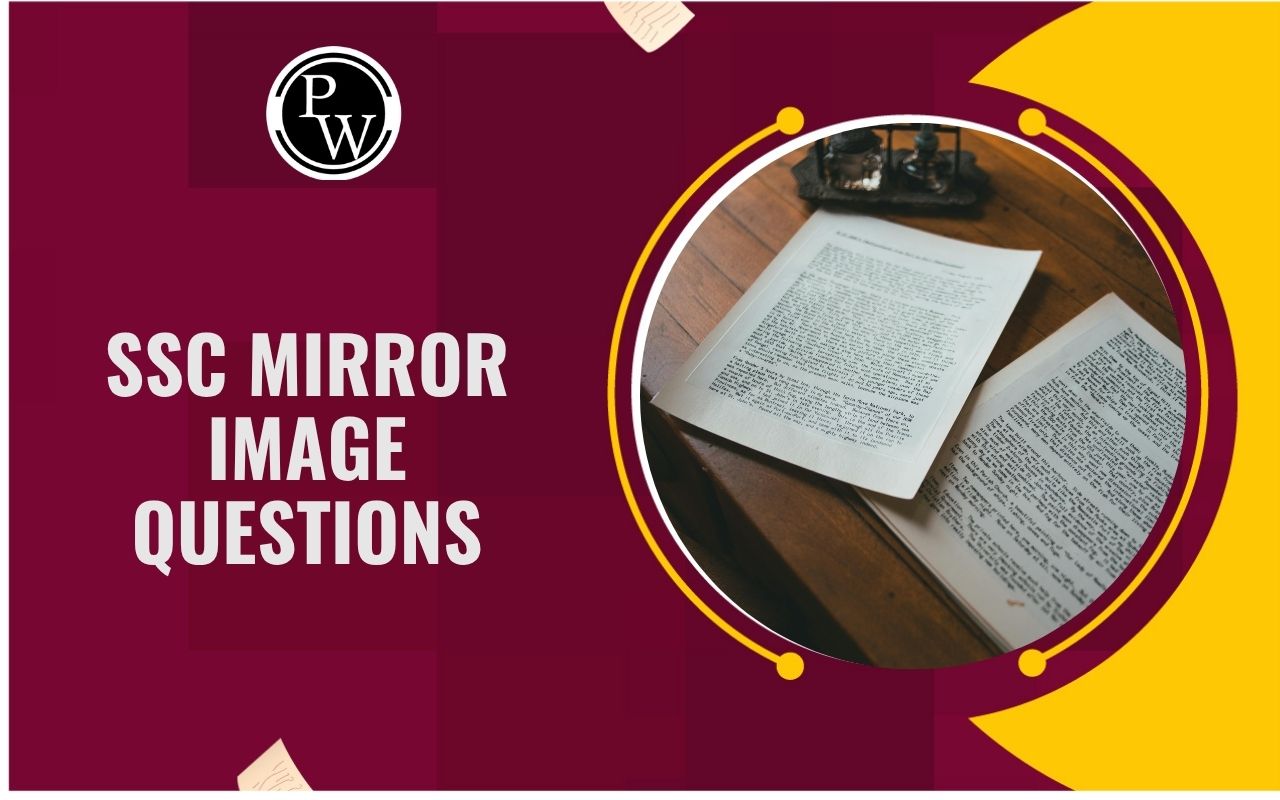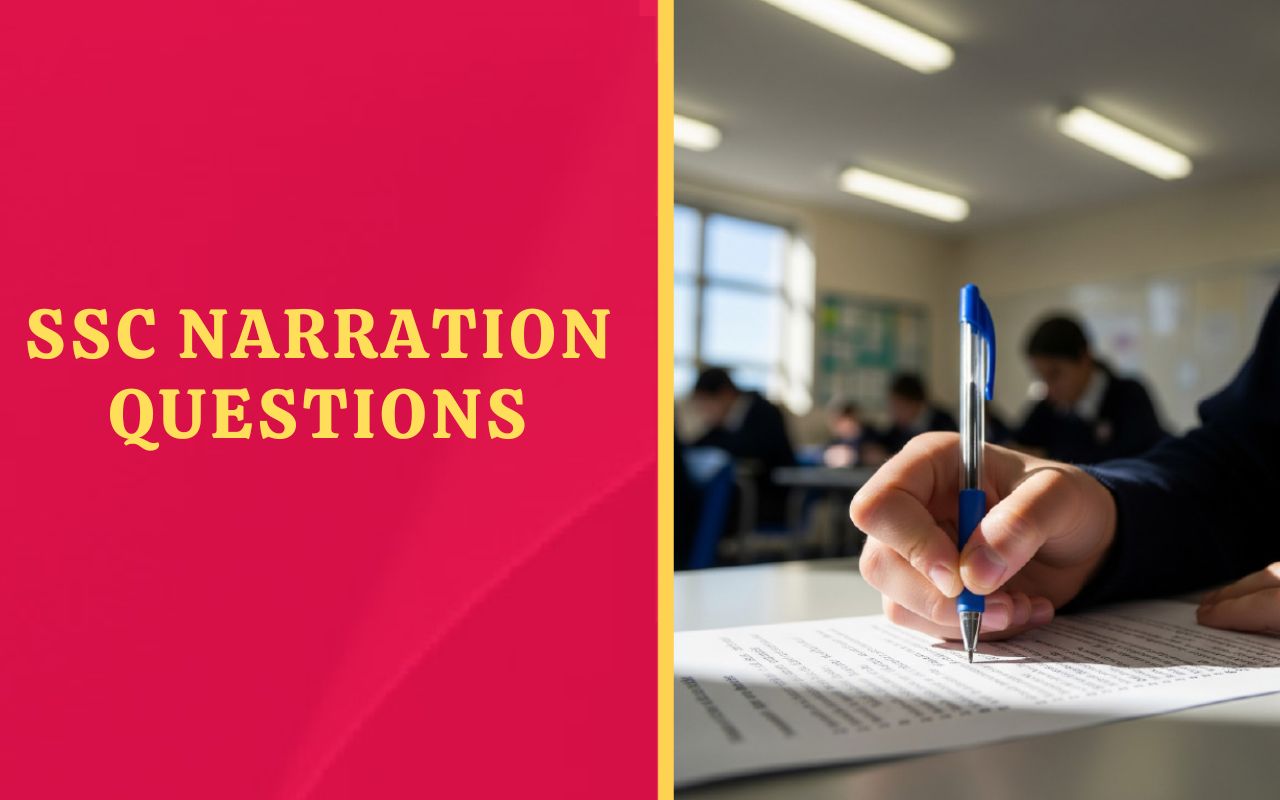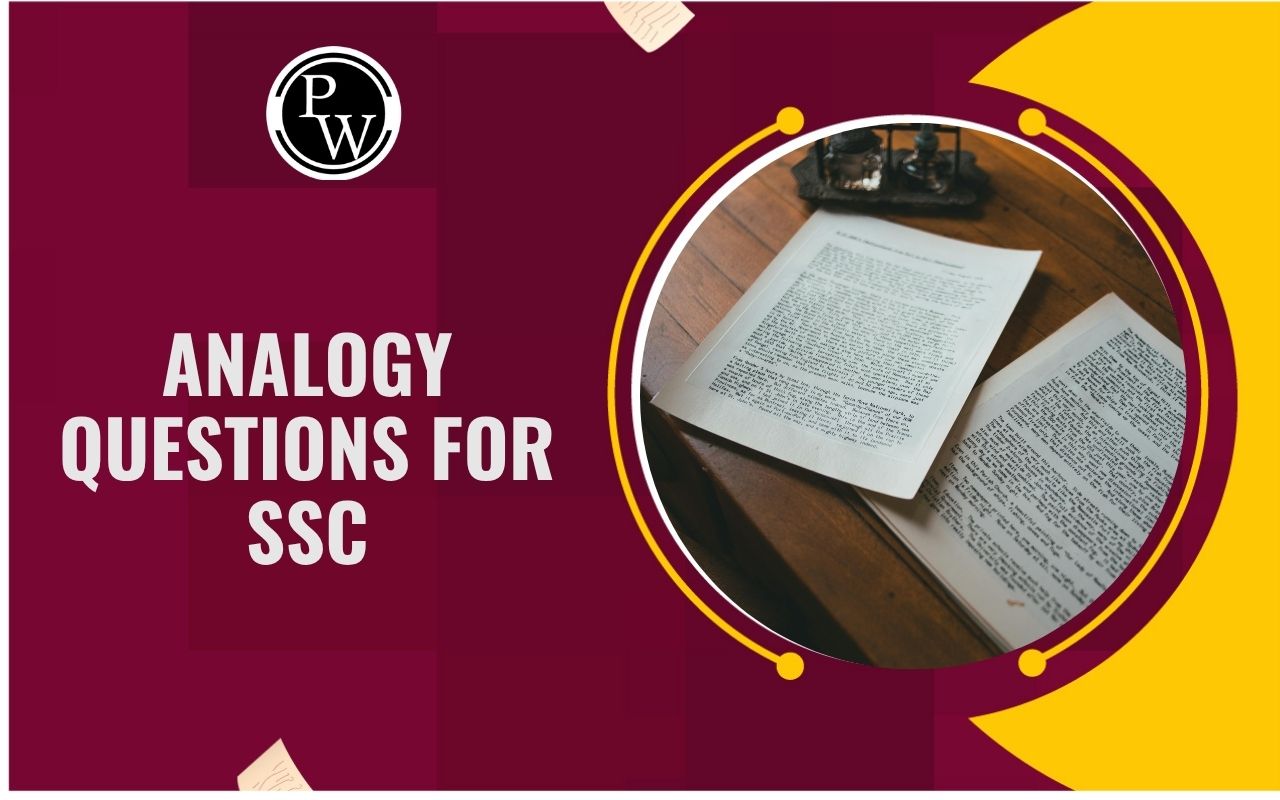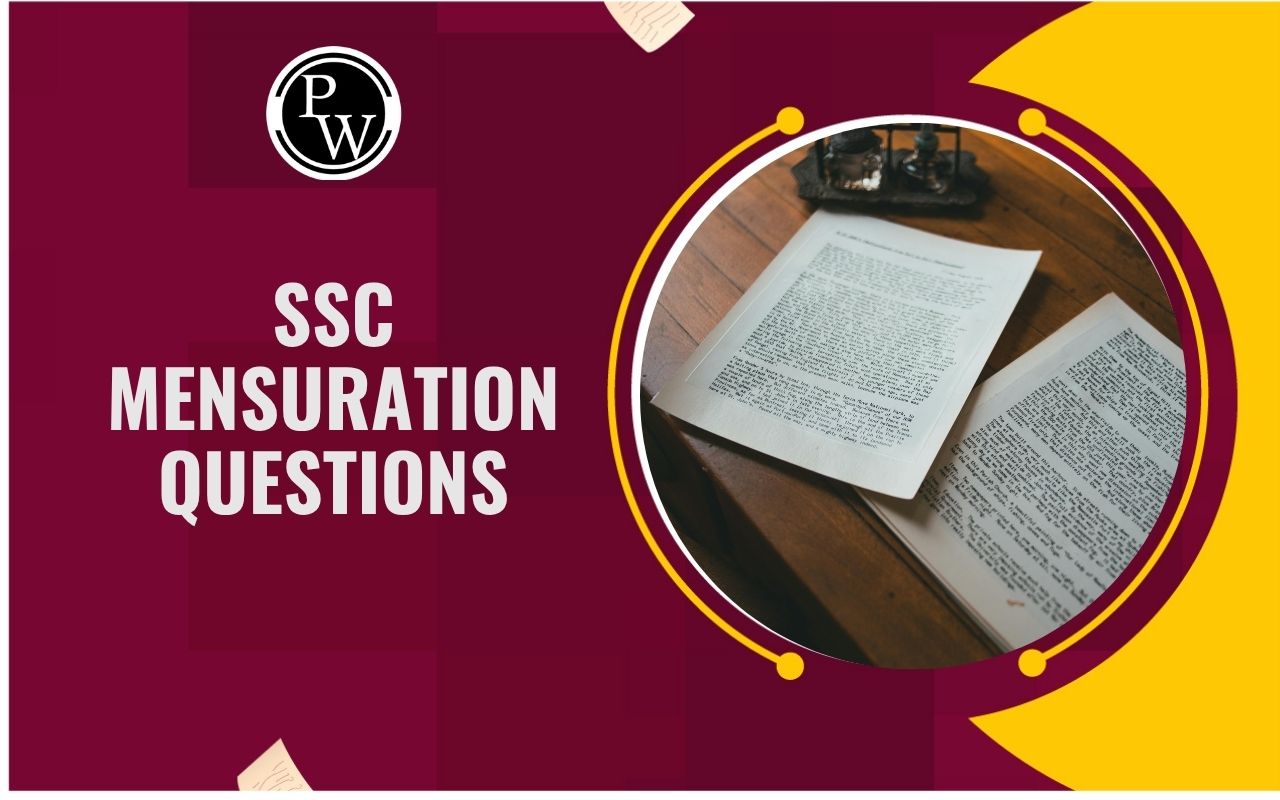

Prime Ministers of India: The Prime Minister of India is the head of the government and plays a key role in making policies and running the country. After general elections, the President appoints as Prime Minister the leader of the political party or coalition that wins the majority of seats in the Lok Sabha. Pandit Jawaharlal Nehru became India’s first Prime Minister in 1947, leading the country after independence. Since 2014, Shri Narendra Modi has been serving as the Prime Minister. The next general election is expected in 2029, continuing India’s democratic process.
Prime Ministers of India
The Prime Minister of India is like the head of the government. Even though the President is the official head of the country, the Prime Minister runs things day-to-day. They're elected by the political party that has the most seats in the Lok Sabha, which is like India's main law-making group. The Prime Minister and their team (called the Council of Ministers) have to answer to the Lok Sabha. The Prime Minister can be a member of either the Lok Sabha or the Rajya Sabha, which is another important group in the government. And in terms of who's important, the Prime Minister comes in third place after the President and the Vice President.Prime Ministers of India List
Complete Prime Ministers of India List is provided below:| Prime Ministers of India List | |||
|---|---|---|---|
|
S.N.
|
PM Name
|
Born-Dead
|
Term of office
|
|
1.
|
Jawahar Lal Nehru
|
(1889–1964)
|
15 August 1947 to 27 May 1964
16 years, 286 days
|
|
2.
|
Gulzarilal Nanda (Acting)
|
(1898-1998)
|
27 May 1964 to 9 June 1964,
13 days
|
|
3.
|
Lal Bahadur Shastri
|
(1904–1966)
|
9 June 1964 to 11 January 1966
1 year, 216 days
|
|
4.
|
Gulzari Lal Nanda (Acting)
|
(1898-1998)
|
11 January 1966 to 24 January 1966
13 days
|
|
5.
|
Indira Gandhi
|
(1917–1984)
|
24 January 1966 to 24 March 1977
11 years, 59 days
|
|
6.
|
Morarji Desai
|
(1896–1995)
|
24 March 1977 to 28 July 1979
2 year, 126 days
|
|
7.
|
Charan Singh
|
(1902–1987)
|
28 July 1979 to 14 January 1980
170 days
|
|
8.
|
Indira Gandhi
|
(1917–1984)
|
14 January 1980 to 31 October 1984
4 years, 291 days
|
|
9.
|
Rajiv Gandhi
|
(1944–1991)
|
31 October 1984 to 2 December 1989
5 years, 32 days
|
|
10.
|
V. P. Singh
|
(1931–2008)
|
2 December 1989 to 10 November 1990
343 days
|
|
11.
|
Chandra Shekhar
|
(1927–2007)
|
10 November 1990 to 21 June 1991
223 days
|
|
12.
|
P. V. Narasimha Rao
|
(1921–2004)
|
21 June 1991 to 16 May 1996
4 years, 330 days
|
|
13.
|
Atal Bihari Vajpayee
|
(1924- 2018)
|
16 May 1996 to 1 June 1996
16 days
|
|
14.
|
H. D. Deve Gowda
|
(born 1933)
|
1 June 1996 to 21 April 1997
324 days
|
|
15.
|
Inder Kumar Gujral
|
(1919–2012)
|
21 April 1997 to 19 March 1998
332 days
|
|
16.
|
Atal Bihari Vajpayee
|
(1924-2018)
|
19 March 1998 to 22 May 2004
6 years, 64 days
|
|
17.
|
Manmohan Singh
|
(born 1932)
|
22 May 2004 to 26 May 2014
10 years, 4 days
|
|
18.
|
Narendra Modi
|
(born 1950)
|
26 May 2014 - 2019
|
|
19.
|
Narendra Modi
|
(born 1950)
|
30 May 2019- Incumbent
|
Prime Ministers of India Tenure
India’s Prime Ministers serve for different periods. Some lead the country for many years, while others serve for a short time. For example, Pandit Jawaharlal Nehru was Prime Minister from 1947 to 1964, a long period. Lal Bahadur Shastri, on the other hand, served from 1964 to 1966, a shorter time. Every Prime Minister has their own term and works to guide and manage the country during that time.| Prime Ministers of India Tenure | |
|---|---|
| Prime Minister | Tenure |
| Jawaharlal Nehru | 1947 - 1964 |
| Lal Bahadur Shastri | 1964 - 1966 |
| Indira Gandhi | 1966 - 1977, 1980 - 1984 |
| Morarji Desai | 1977 - 1979 |
| Charan Singh | 1979 - 1980 |
| Rajiv Gandhi | 1984 - 1989 |
| V. P. Singh | 1989 - 1990 |
| Chandra Shekhar | 1990 - 1991 |
| P. V. Narasimha Rao | 1991 - 1996 |
| Atal Bihari Vajpayee | 1996, 1998 - 2004 |
| H. D. Deve Gowda | 1996 - 1997 |
| I. K. Gujral | 1997 - 1998 |
| Manmohan Singh | 2004 - 2014 |
| Narendra Modi | 2014 - Present |
First Prime Minister of India
Jawaharlal Nehru, from the Indian National Congress, became India's first Prime Minister after independence on August 15, 1947. He held the position until April 15, 1952, appointed by Lord Mountbatten.Prime Ministers of India Important Points
1. Appointment: Prime Minister appointed by President as per Article 75 of Indian Constitution.
2. Executive Powers: Prime Minister holds main executive powers, while President is nominal head of State.
3. Duties: Duties specified in Article 78 include acting as link between President and Cabinet, setting Parliament session dates, announcing government policies, answering questions.
4. Recommendations: PM recommends appointments, allocates portfolios among Ministers, presides over Cabinet meetings, influences decisions.
5. Dismissal : PM can ask member to resign or recommend Minister's removal to President.
Prime Ministers of India Facts
1. Jawaharlal Nehru: First Prime Minister of India, key figure in independence movement, longest tenure of 16 years and 286 days.
2. Indira Gandhi: First woman Prime Minister of India, faced most no-confidence votes.
3. Charan Singh: Known for pro-poor policies, first Prime Minister elected from a rural constituency.
4. Morarji Desai: First non-Congress Prime Minister, known for economic reforms, staunch Hindu nationalist.
5. Rajiv Gandhi: Youngest Prime Minister at age 40, assassinated by Sri Lankan suicide bomber in 1989.
Prime Ministers of India Details
Some notable acheivements of Prime Ministers of India are provided below in the table for your reference.| Prime Ministers of India Details | ||
|---|---|---|
| Prime Minister | Tenure | Achievements |
| Jawaharlal Nehru | 1947 - 1964 | Longest-serving Prime Minister, key figure in independence movement |
| Gulzarilal Nanda | 1964, 1966 | First acting Prime Minister, Interim PM after Nehru & Shastri's deaths |
| Lal Bahadur Shastri | 1964 - 1966 | Gave slogan "Jai Jawan, Jai Kisan", second Prime Minister |
| Indira Gandhi | 1966 - 1977, 1980 - 1984 | First female Prime Minister, assassinated in office, central figure of Indian National Congress |
| Morarji Desai | 1977 - 1979 | First non-Congress Prime Minister, economic reforms |
| Charan Singh | 1979 | Shortest tenure, resigned after 23 days |
| Rajiv Gandhi | 1984 - 1989 | Youngest Prime Minister, assassinated |
| V.P Singh | 1989 - 1990 | Implemented Mandal Commission report |
| Chandra Shekhar | 1990 - 1991 | Headed minority government |
| P.V. Narasimha Rao | 1991 - 1996 | Economic reforms, first PM from southern India |
| Atal Bihari Vajpayee | 1996, 1998 - 2004 | First non-Congress PM to serve full term, Pokhran nuclear tests |
| Inder Kumar Gujral | 1997 - 1998 | Policy of 'Gujral Doctrine' |
| Manmohan Singh | 2004 - 2014 | Economic reforms, first Sikh Prime Minister |
| Narendra Modi | 2014 - Present | First Prime Minister born after independence, re-elected for two consecutive terms |
| Other Related Links | |
| Prime Ministers of India | Governors of India |
| Cabinet Ministers of India | Chief Ministers of India |
Prime Ministers of India FAQs
Who is the current Prime Minister of India?
Who was the first female Prime Minister of India?
Who was the first Prime Minister of India?
Who was the youngest PM of India?
How many Prime Ministers have been there in India?

